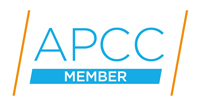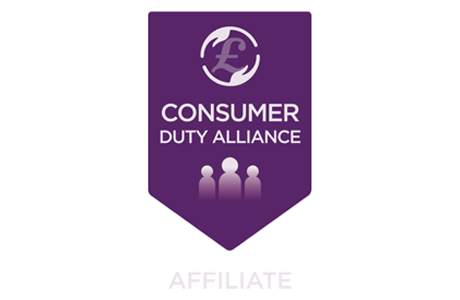How to plan your brand

Aimee Carnwath
5 August 2024Your brand is important for more reasons than most people consider. The world’s leading companies owe much of their success to their brand, therefore it is important to spend some time on why it can be so valuable. Your brand tells people what to expect from your company. Simply this may mean communicating what types of services you offer. It can also indicate the type of service you provide – for instance, a company that makes use of a Times New Roman style font and simple, refined images and colours are likely to be perceived as a brand with more heritage, who offer a more traditional service, whereas a company with bold text, bright colours and illustrations in place of photos, would likely be perceived as a more modern, less formal business. Neither of these brands is necessarily better than the other, but both serve different purposes. It’s important that your brand is closely aligned to your businesses offering and how you want to be perceived.
Being easily recognisable is also an important part of your brand. We all see so many brands every day – in our inbox, through our letterbox, on social media. A strong brand makes it easier for customers to recognise your marketing at a glance, holding their attention where you need it. This can also help with repeat business, as customers will be more likely to build a strong connection to the brand and recall it when they need your services again.
As we discussed previously, when we talk about brands, we mean far more than just a logo and colours. At its core, a brand exists to support the core identity of your business. Some of the key elements of a good brand include:
- A Logo. This is the first thing that comes into most people’s heads when we start talking about brands, and for good reason. It’s the cornerstone of the most recognisable brands in the world. A good logo can carry a lot of weight, so it’s important to make sure it works. Your logo should be easily recognisable at all sizes, unique to your business, and accurately represent the services you offer.
- Colours. It is difficult to imagine an iconic logo without also imagining the rest of the colours that go into a brand – McDonalds’ iconic golden arches on a red background for example. Therefore, it’s important to pick colours that represent you well.
- Fonts. As we discussed before, your chosen font can say a lot about you as a business – are you more traditional, modern, friendly? Your font can say a lot about your business and influence how people perceive your tone of voice.
- Tone of voice. Your tone of voice is exactly what it sounds like – how does your brand speak? If you want your brand to be perceived as modern and friendly, then overly formal language across your website and emails may not be giving your customers the same message. Likewise, if you want your brand to be perceived more formally, be careful your language doesn’t skew more friendly.
- Do your customers get your brand name correct? Or do they prefer to shorten it, or add an ‘s’ on to the end? If your customers do this, then your brand name may not be as recognisable or as memorable as you think. You don’t need to change it, but perhaps there are ways that it can be more clear to customers, such as updating your logo, or changing where it is displayed.
- Are new customers coming directly to you, or to the company first? This could be a reflection on whether your personal brand or your company brand is stronger. It makes sense for repeat customers to contact you directly, but for new customers it would make it easier to grow your business with a prominent brand.
- Do you tend to attract your ideal type of customer? For example, if you consider your business to be forward-thinking and modern, using tech solutions to help your customers, but tend to attract customers who don’t want to use the technology, then maybe your brand needs to be tweaked so customers can adjust their expectations.
Firstly, try to roll out your changes simultaneously, everywhere your brand is displayed. This will reduce the chances of customers seeing both old and new brand elements, reducing the opportunities for confusion by showing a consistent message. For large brand changes, such as a name change, then arrange for external communications to be sent out – this could be an email to existing customers, along with social posts outlining the changes that have been made, reassuring customers that it is the same company, still offering the same service.
Consistency is key when it comes to brand. Keep the same colours, logo and font across everything to ensure your audience recognises it as your firm. You can even create a brand guideline document for you and your team to look back on and refer to. This guide could also be sent out to external companies, such as marketing agencies, if you ever need to outsource any design.
Brands take time to develop. Iconic brands were not iconic from the start, but with time and consistency, and an association with quality products and services they were able to grow into the type of brands we look up to today. Time and consistency is key when it comes to investing in your brand, but in the long run it is something that will pay itself back over and over again.


